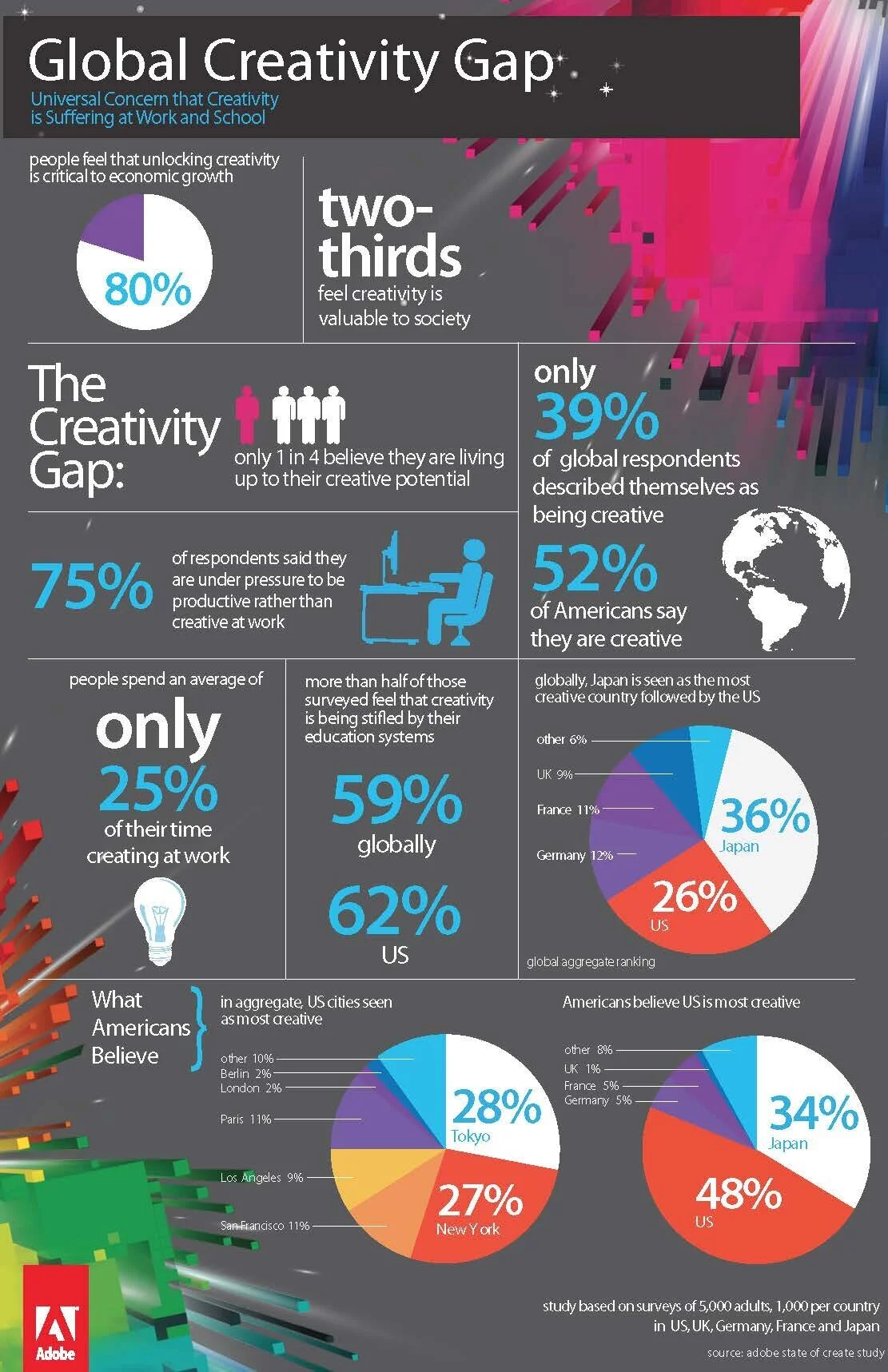The Job-Seeking Artist’s Resume Reference List
At some point in time, even the best artists have to go out and find a day job to supplement income from their creative practice.Then there are artist like me who like to have a steady income so they don’t have to worry about art sales.
Whatever the reason may be, entering the job market is no easy task, especially when you have an unorthodox background of creative experiences. To make things more difficult, jobs in the arts industry are usually pretty competitive and hard to come by, so we often have to look outside our field to gain employment.
This can make it really challenging to write an appealing resume, which is why artists often under-sell themselves and end up in jobs they’re unhappy with. The good news is, it doesn’t have to be that way if you know how to translate your creative skills into language that employers are looking for.
Creativity: A Valuable Skill
According to Adobe’s 2016 State of Creativity Study, 80% of people believe creativity is key to economic growth, and employers agree.
Given those statistics, there’s no reason why artists should feel like they have to settle for a job they’ll be unhappy with in the long run. Our creativity is truly in demand. That’s why I wholeheartedly believe that artists and creatives can play a role in any industry, as long as they know how to properly communicate their value to potential employers.
To give you a head-start, I’ve created a straightforward guide that covers some of the most common skills and behaviors artist possess, how that experience is gained, and how to explain that information on a resume or during an interview. Once you watch the video, fill out the form below to get free access to the downloadable reference list!
